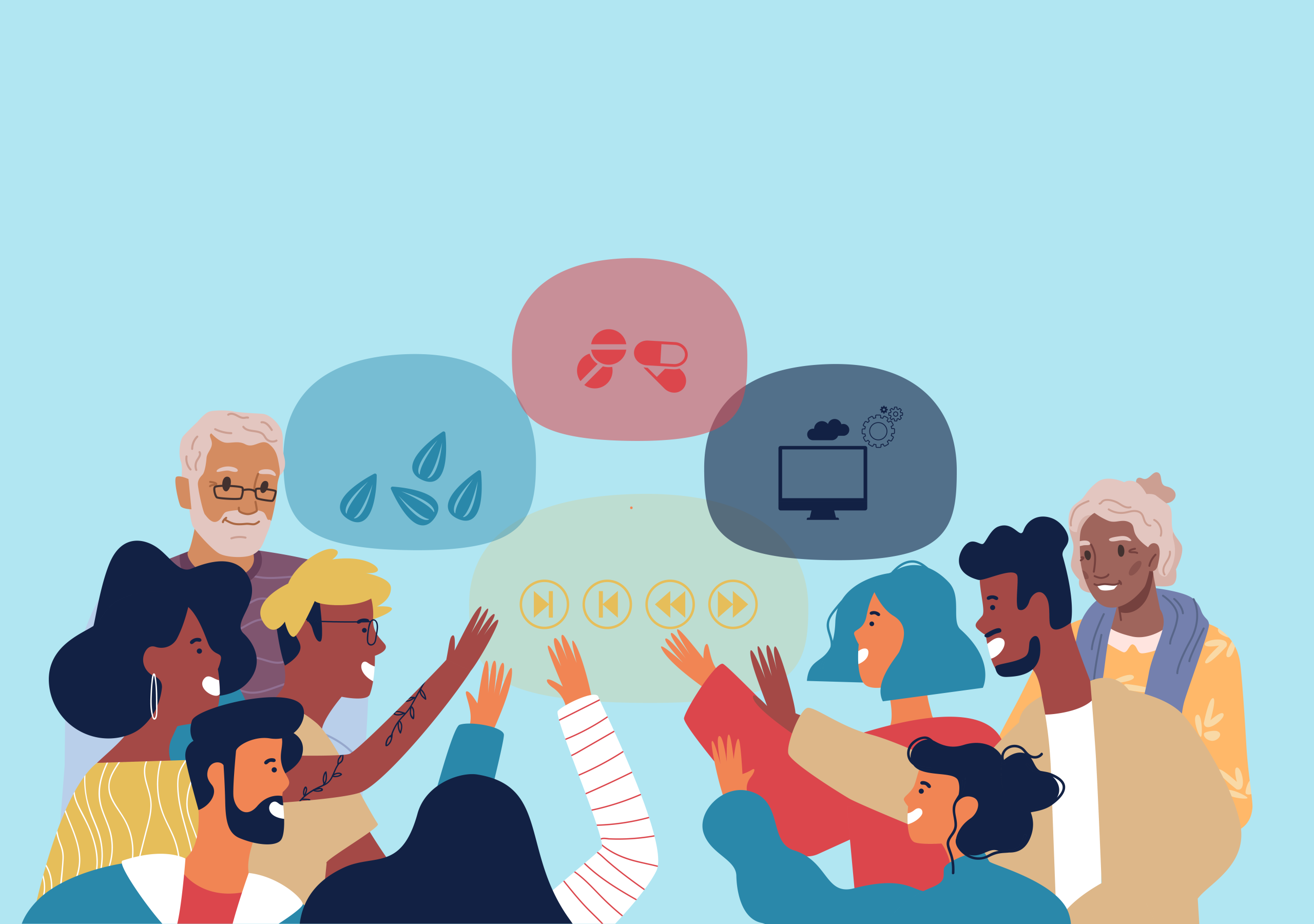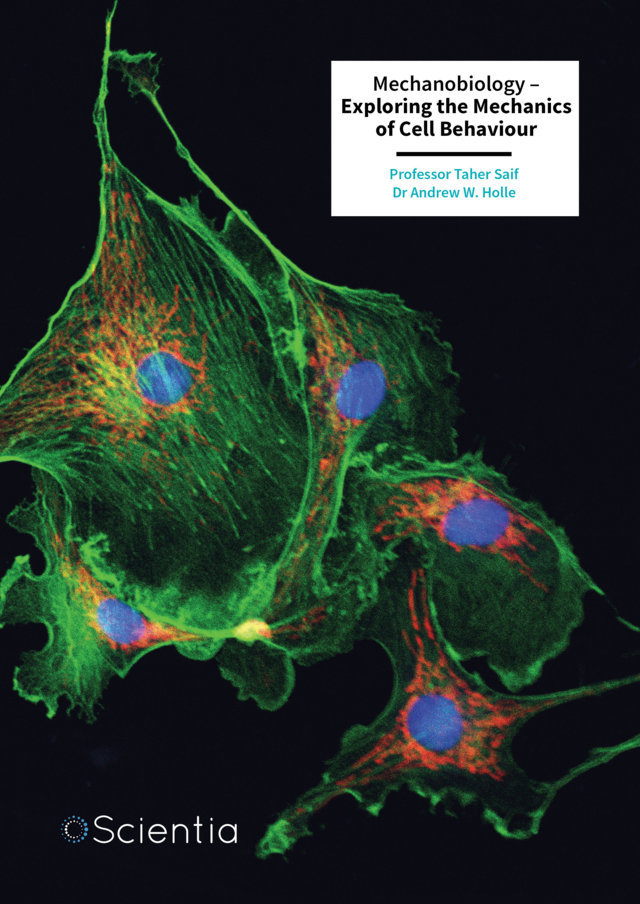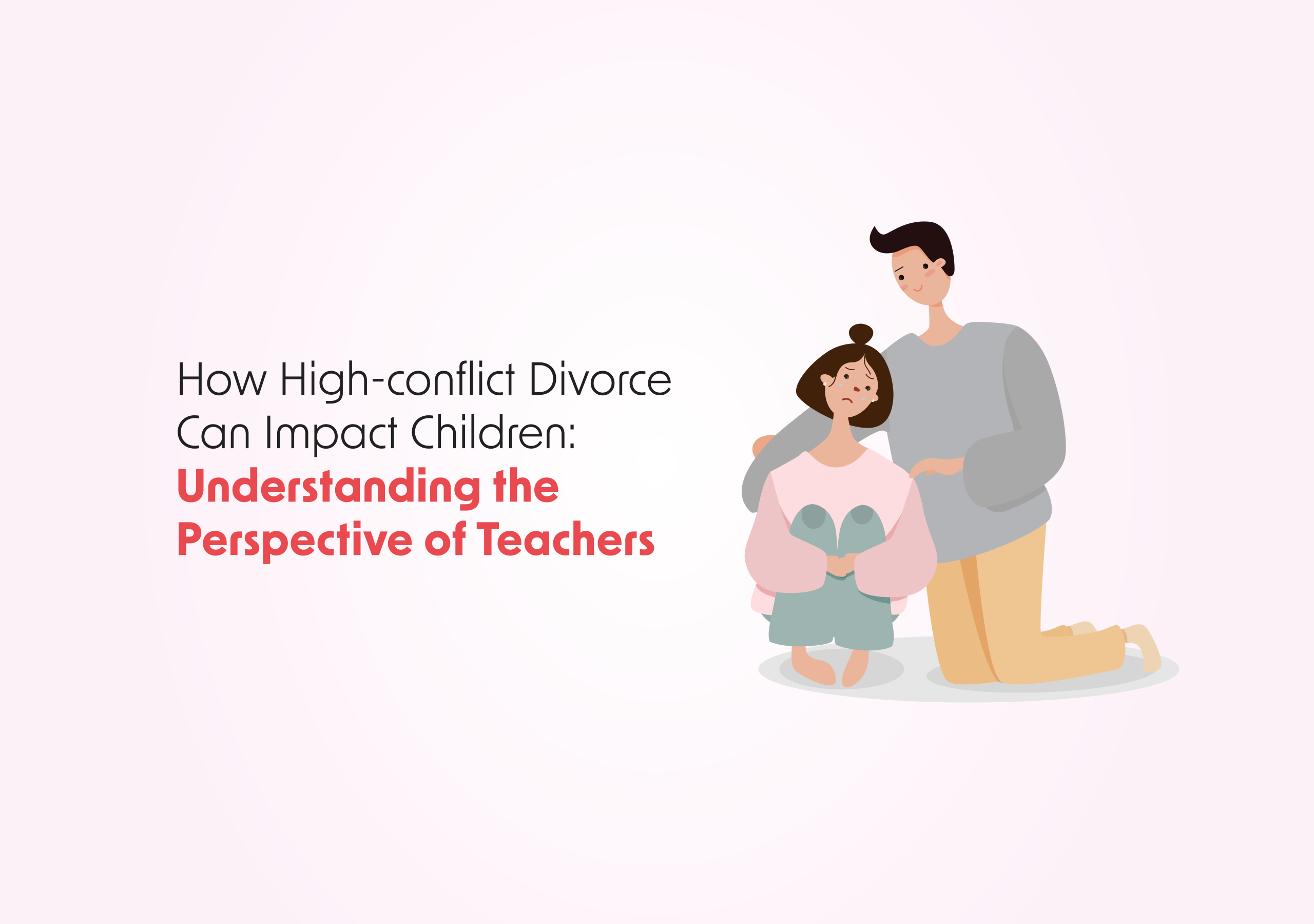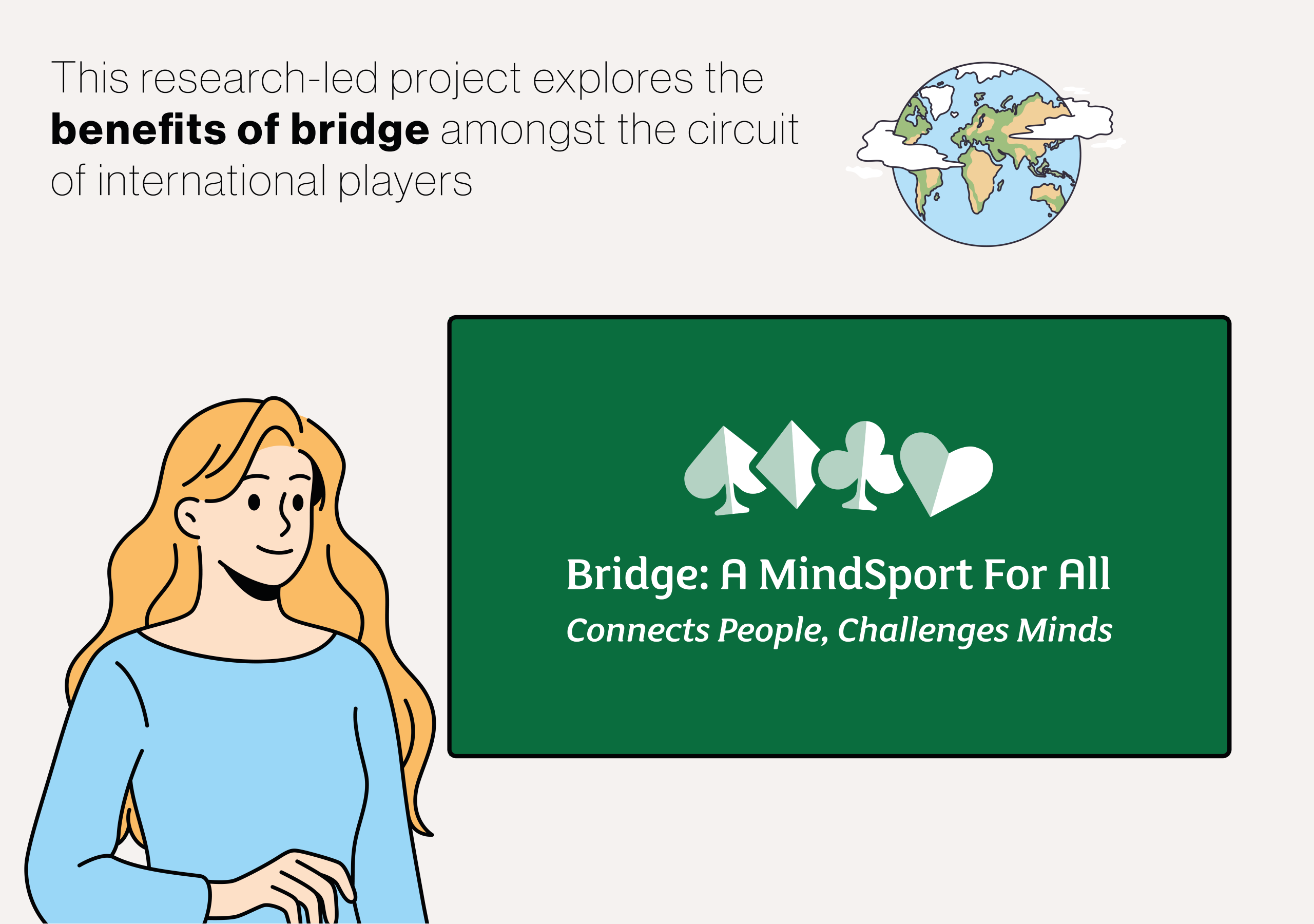In our increasingly interconnected world, sharing knowledge freely and fairly is crucial for ongoing development and progress. Increasing the overall size of our store of knowledge is important in dealing with the challenges we face in the modern world, but determining who can access and add to that knowledge is a key question. Prestigious academic journals and global conferences aim to help disseminate our most important discoveries and innovations, but researchers do not have equal access to such resources to promote their ideas and consequently not all voices are heard equally. Scholars from low- and middle-income countries continue to face invisible walls that limit their participation in the global exchange of ideas. This systemic imbalance is the focus of a deeply insightful study by Dr. Angel Ford of the University at Albany and Dr. Daniel Alemneh of the University of North Texas, who call for a more just and healthier scholarly communication system. More
Academic publishing may seem like a world reserved for elite institutions and cerebral academics ensconced in their ivory towers, but it plays a crucial role in shaping the future, including how we understand health, environment, economics, and even justice. When only a narrow range of voices are included, the rest of the world suffers from an incomplete picture.
Ford and Alemneh explore this troubling landscape in their recent paper, revealing the deep-rooted barriers faced by scholars in the Global South. Many of these barriers are not just about money or language, but about something more fundamental: the injustice of being considered less credible or less relevant because of where you live or where you studied.
The paper centers around a powerful concept: epistemic injustice. Coined by philosopher Miranda Fricker, this refers to the harm done to people when they are ignored, dismissed, or excluded in their role as keepers of or contributors to knowledge. Think of a scientist from a developing country who cannot get their research published, not because it is flawed, but because it doesn’t align with Western perspectives or it is undervalued or even mistrusted purely because of its country of origin. That’s epistemic injustice.
Ford and Alemneh categorize this injustice into two forms. The first is testimonial injustice, which occurs when a researcher’s credibility is questioned based on prejudice. The second is hermeneutical injustice, which occurs when ideas are misunderstood or disregarded because they don’t fit dominant frameworks. For example, this could involve a low- and middle-income country researcher using uncommon language or tools in their investigations.
These injustices operate quietly, often unnoticed by those in power. Reviewers may reject papers from low- and middle-income country scholars using vague concerns about “methodological rigor” or “relevance”, standards that are rarely applied evenly.
When researchers are excluded from global conversations, it isn’t just those individuals who lose. The entire academic world becomes narrower and more fragile. Ford and Alemneh argue that this systemic exclusion results in a “knowledge gap” that limits innovation and prevents solutions to global problems from benefiting everyone.
For example, local researchers may have firsthand experience with environmental or public health issues specific to their regions. If their findings are ignored, or if they are required to conform to Eurocentric models to be published, crucial insights are lost.
Many of these barriers are structural. Academic publishing is dominated by institutions in North America and Europe. Access to journals often requires costly subscriptions, and internet infrastructure remains inadequate in many low- and middle-income countries. As the world becomes more digital, these disparities deepen.
Even well-intentioned innovations such as artificial intelligence can worsen the problem. Algorithms trained on biased datasets might prioritize Western authors, making it even harder for low- and middle-income country scholars to gain visibility. Ford and Alemneh raise this as an urgent concern: if the data shaping the future of knowledge is itself biased, the future will suffer from those same flaws.
Happily, Ford and Alemneh don’t just diagnose the problem, they offer ways forward. Some potential solutions include inclusive editorial boards, global partnerships that facilitate equitable research collaborations, open access research to break down knowledge siloes and initiatives that encourage self-reflection, where scholars, particularly in wealthy countries, examine their own biases and actively work to support colleagues from underrepresented regions.
They even propose developing a new “critical lens”, meaning a conceptual framework grounded in the lived experiences of low- and middle-income country scholars. This lens would help identify injustices that traditional theories overlook and empower local voices to reshape global academic discourse.
This issue extends far beyond the walls of universities. When research excludes the experiences of most of the world’s population, public policy, education, and development suffer. This is not just an academic problem; it’s a humanitarian one.
In this modern era of global crises, ranging from pandemics to climate change, we need the contributions and ideas of all humanity. That means dismantling silent hierarchies in knowledge production and listening, amplifying, and making room at the table for those whose voices have been marginalized for too long.
Ford and Alemneh’s vision is ambitious: a scholarly ecosystem where everyone, regardless of geography or income, has an equal opportunity to share, publish, and influence research.
Their work is part of a growing “Great Awakening” in academia, where institutions, publishers, and individual scholars are beginning to realize that justice and progress go hand in hand. However, such change won’t happen automatically. It requires sustained effort, courageous conversations, and policies that reflect our highest values.
The paper by Dr. Angel Ford and Dr. Daniel Alemneh challenges us to rethink the way we produce and share knowledge and to ask hard questions about who gets to speak, and who gets heard. In our increasingly interconnected world, we must ensure that scholarly research and communication lives up to its promise: to be a beacon of truth and open to all.







